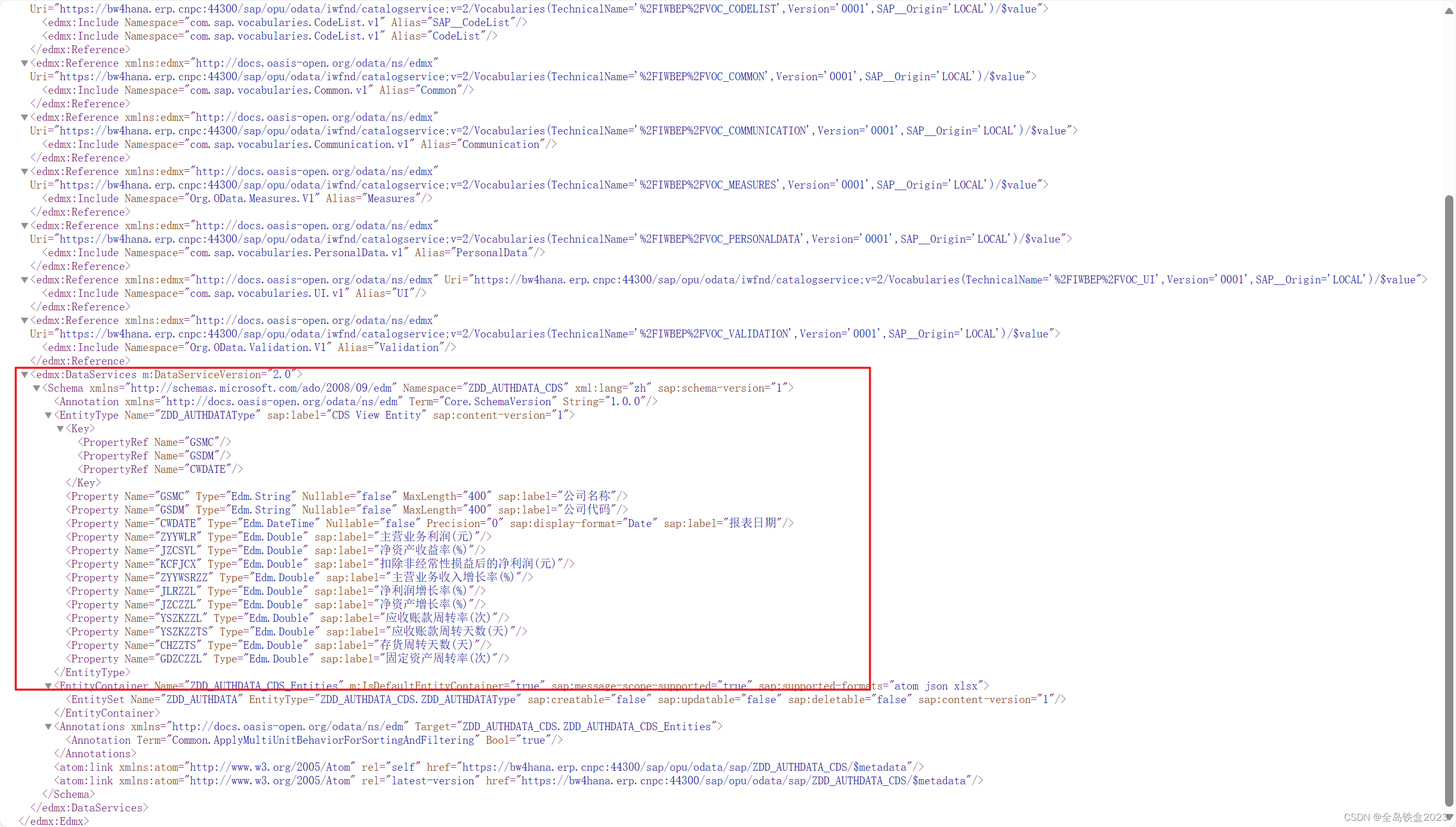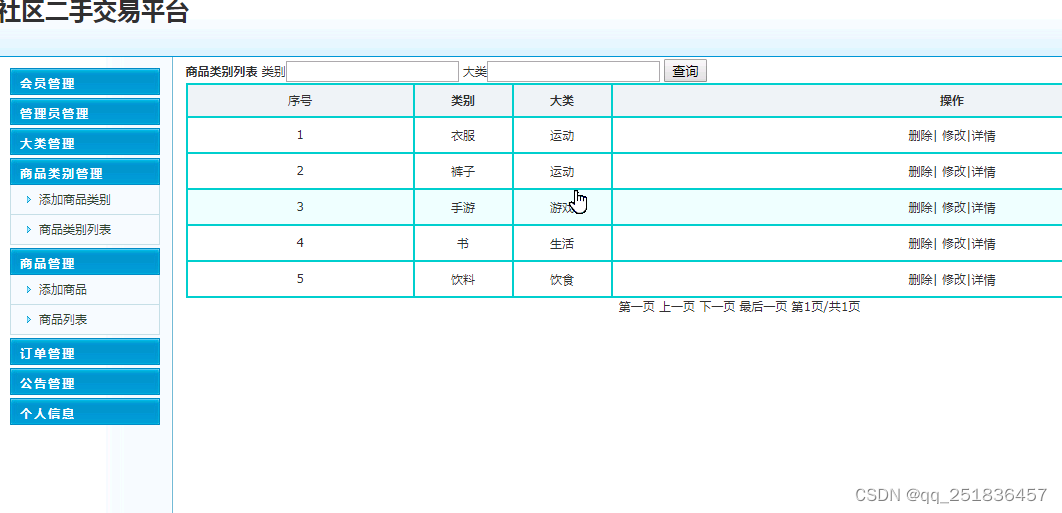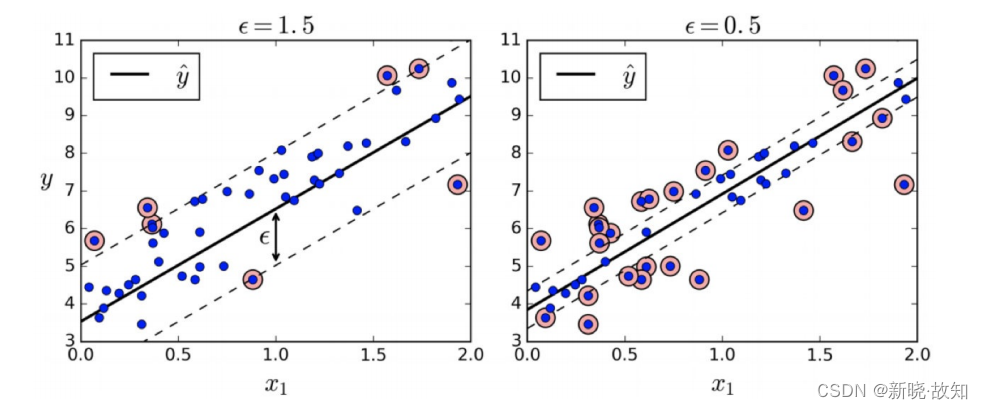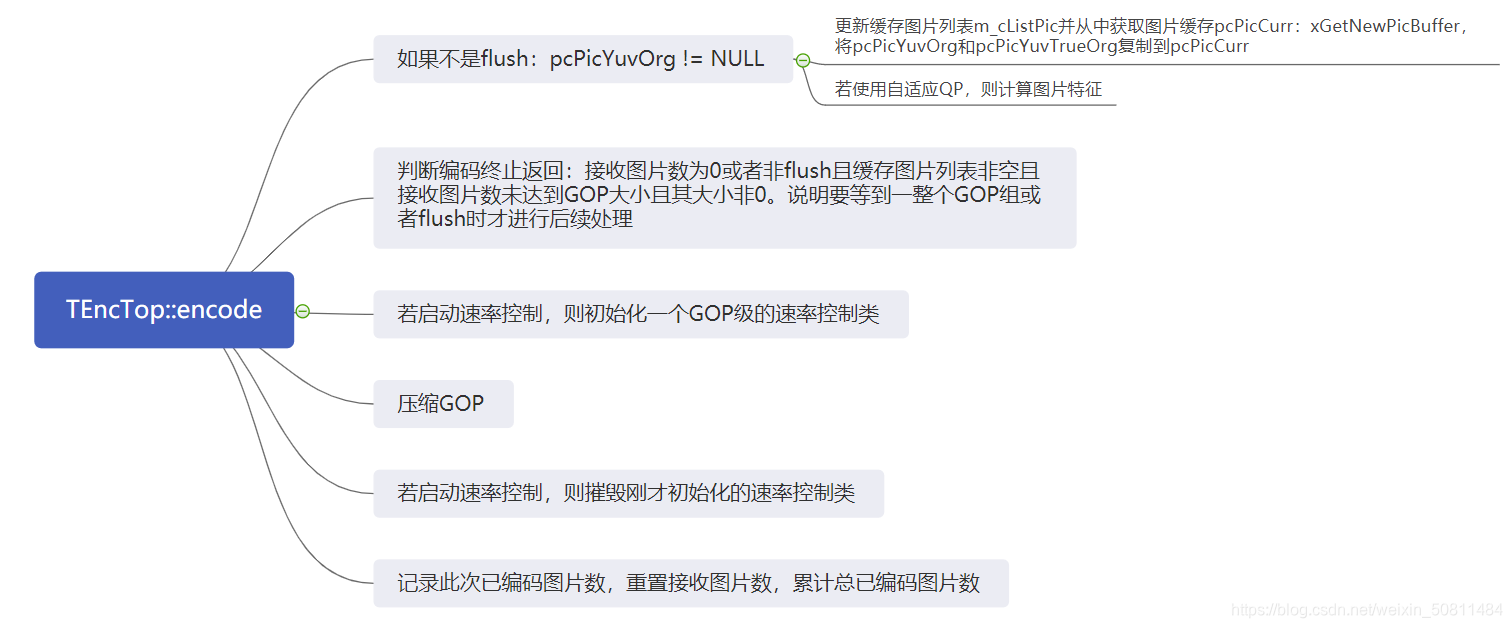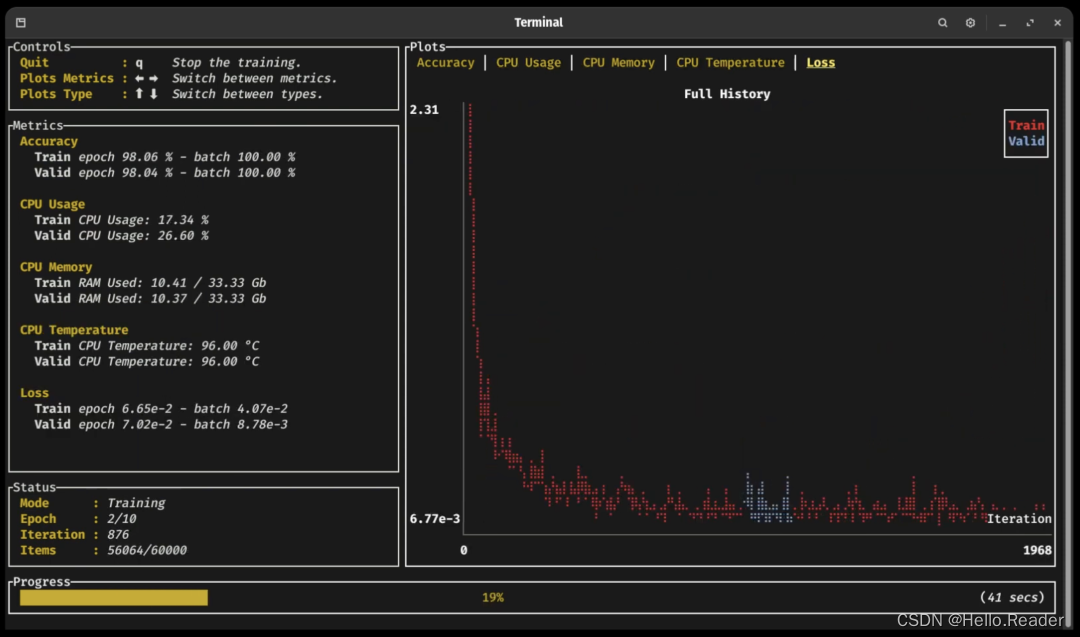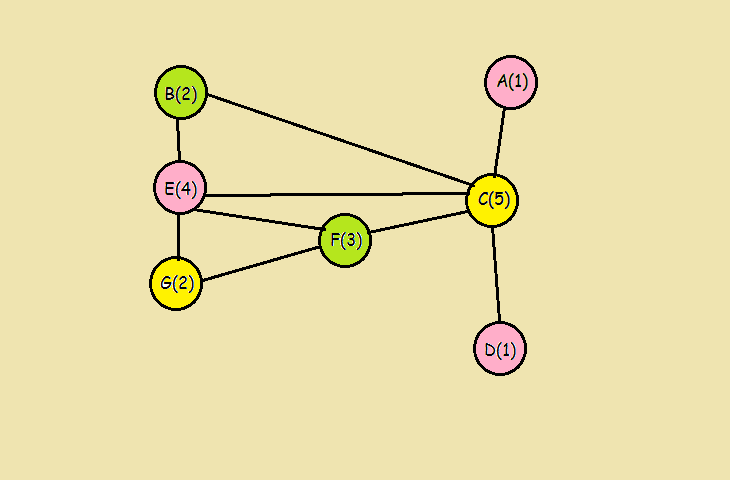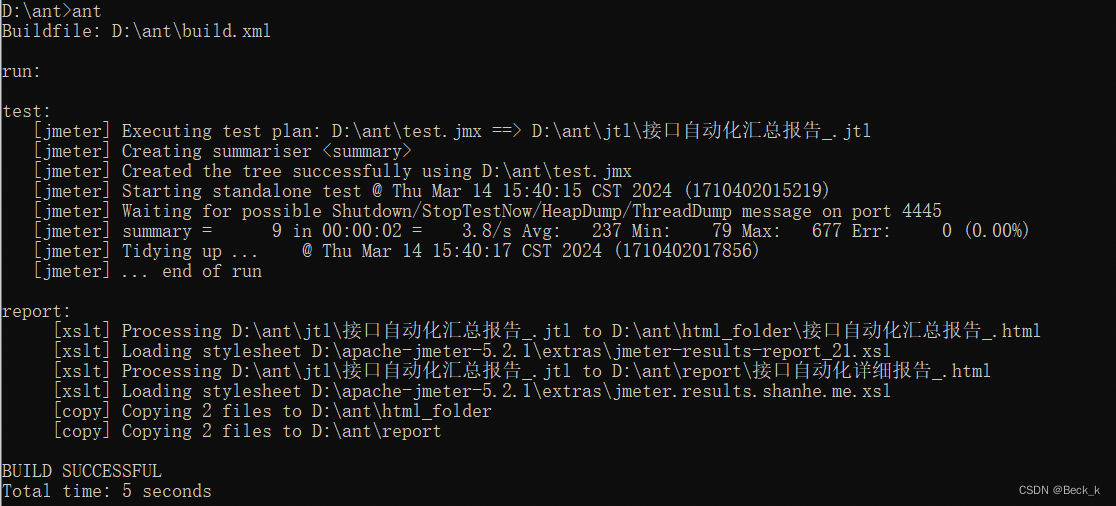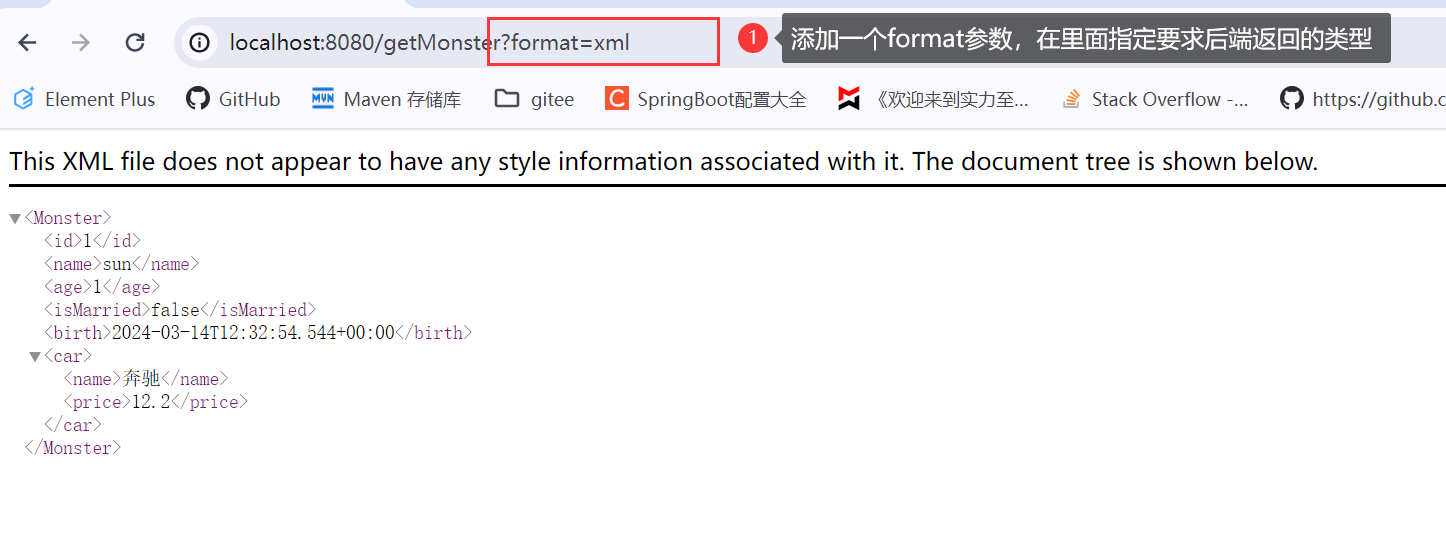目录
牛牛的凑数游戏:
题目大意:
思路解析:
代码实现:
牛牛的凑数游戏:
题目大意:

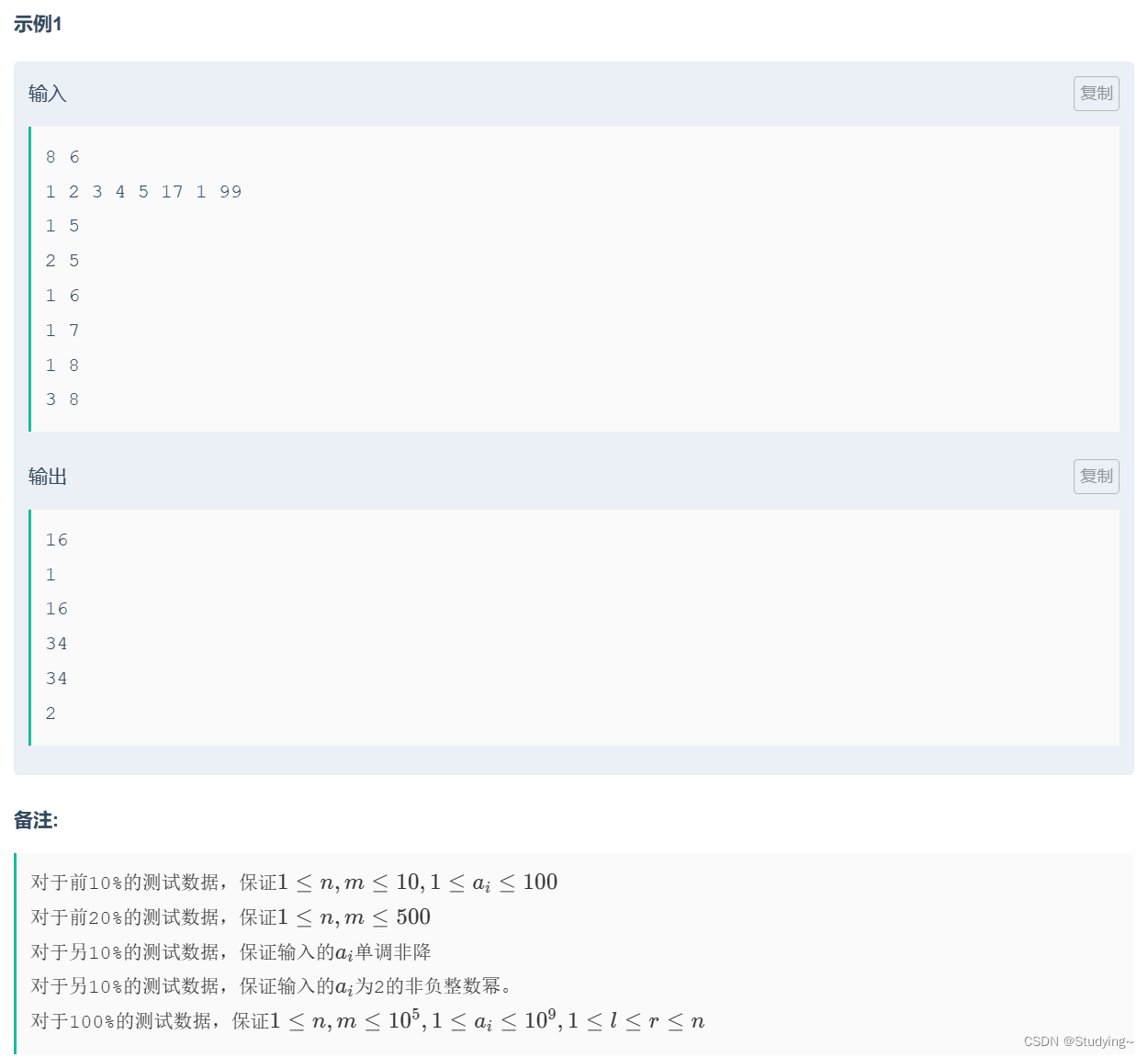
思路解析:
我们可以很容易一个区间是否会存在1,那么我们想如果存在1,且有3个1,那我们一定可以组成 1,2,3,那么为出现的数为4,如果这个区间还有一个四,我们可以发现我们一定可以组成5,6,7,那我们如果这个区间还有 a个3,b个2,那我们发现我们一定可以组成 [1,3+4+3*a+2*b],这是因为任意一个数都可以表示为 n = 4 * k + m, 0<=m<=3,那我们假设组成的3+4+3*a+2*b == 17,那么下一次的数一定可以表示为 n = 17 * k + m ( 0<=m<=16)..... 这个问题就转化为了 计算[1,1]的和 记作 a, 计算[1,a+1]的和 记住b,计算[1,b+1]的和。。。一直迭代下去最后一定会因为某些数字的未出现而结束。
那么问题变为了查询 [l,r]这个区间 里面数字属于 [L,R]这个范围的和为多少。这个可以使用主席树实现。
代码实现:
import java.io.*;
import java.math.BigInteger;
import java.util.*;
public class Main {
static int MAXN = (int) 1e5 + 5;
static int tot = 0;
static int[] a = new int[MAXN];
static int[] root = new int[MAXN];
static Node[] t = new Node[MAXN * 32];
static int ans = 0;
static int INF = (int) 1e9 +100;
public static void main(String[] args) {
int n = f.nextInt(); int m = f.nextInt();
t[0] = new Node();
for (int i = 1; i <= n; i++) {
a[i] = f.nextInt();
root[i] = ins(root[i], root[i - 1], 1, INF, a[i]);
}
while (m > 0){
int l = f.nextInt();
int r = f.nextInt();
long cur = 0, res = 0;
do {
cur = res + 1;
res = qry(root[l - 1], root[r], 1, INF, 1, Math.min(cur, INF));
}while (cur <= res);
System.out.println(cur);
m--;
}
}
public static long qry(int s, int e, int l, int r, int L, long R){
if (L <= l && R >= r) return t[e].sum - t[s].sum;
long res = 0;
int mid = (l + r) >> 1;
if (L <= mid) res += qry(t[s].l, t[e].l, l, mid, L, R);
if (R > mid) res += qry(t[s].r, t[e].r, mid+1, r, L, R);
return res;
}
public static int ins(int p, int q, int l, int r, int x){
p = ++tot;
t[p] = new Node(t[q]);
t[p].sum += x;
if (l == r) return p;
int mid = (l + r) >> 1;
if (x <= mid) t[p].l = ins(t[p].l, t[q].l, l, mid, x);
else t[p].r = ins(t[p].r, t[q].r, mid+1, r, x);
return p;
}
static class Node{
int l, r;
long sum;
public Node(Node node) {
this.l = node.l;
this.r = node.r;
this.sum = node.sum;
}
public Node(){}
}
static PrintWriter w = new PrintWriter(new OutputStreamWriter(System.out));
static Input f = new Input(System.in);
static BufferedReader br = new BufferedReader(new InputStreamReader(System.in));
static class Input {
public BufferedReader reader;
public StringTokenizer tokenizer;
public Input(InputStream stream) {
reader = new BufferedReader(new InputStreamReader(stream), 32768);
tokenizer = null;
}
public String next() {
while (tokenizer == null || !tokenizer.hasMoreTokens()) {
try {
tokenizer = new StringTokenizer(reader.readLine());
} catch (IOException e) {
throw new RuntimeException(e);
}
}
return tokenizer.nextToken();
}
public String nextLine() {
String str = null;
try {
str = reader.readLine();
} catch (IOException e) {
// TODO 自动生成的 catch 块
e.printStackTrace();
}
return str;
}
public int nextInt() {
return Integer.parseInt(next());
}
public long nextLong() {
return Long.parseLong(next());
}
public Double nextDouble() {
return Double.parseDouble(next());
}
public BigInteger nextBigInteger() {
return new BigInteger(next());
}
}
}
